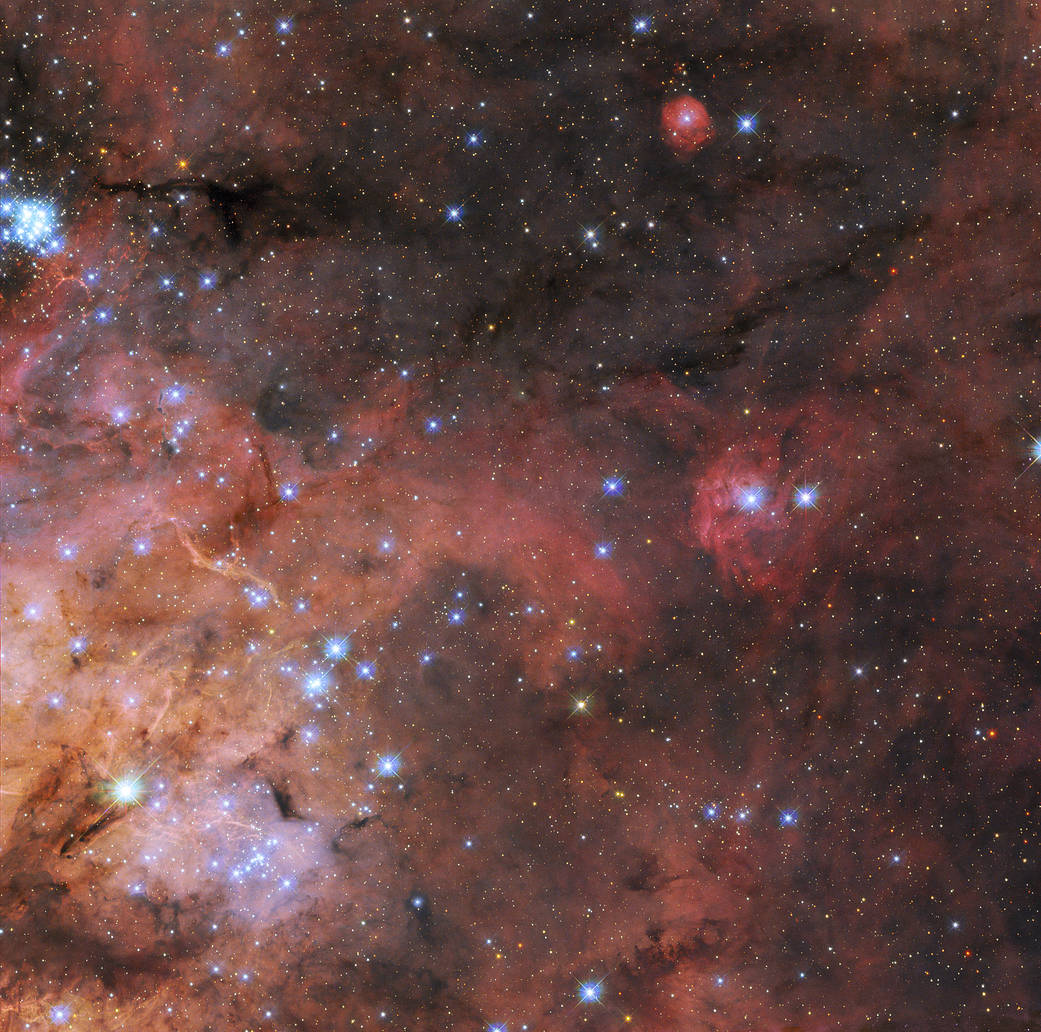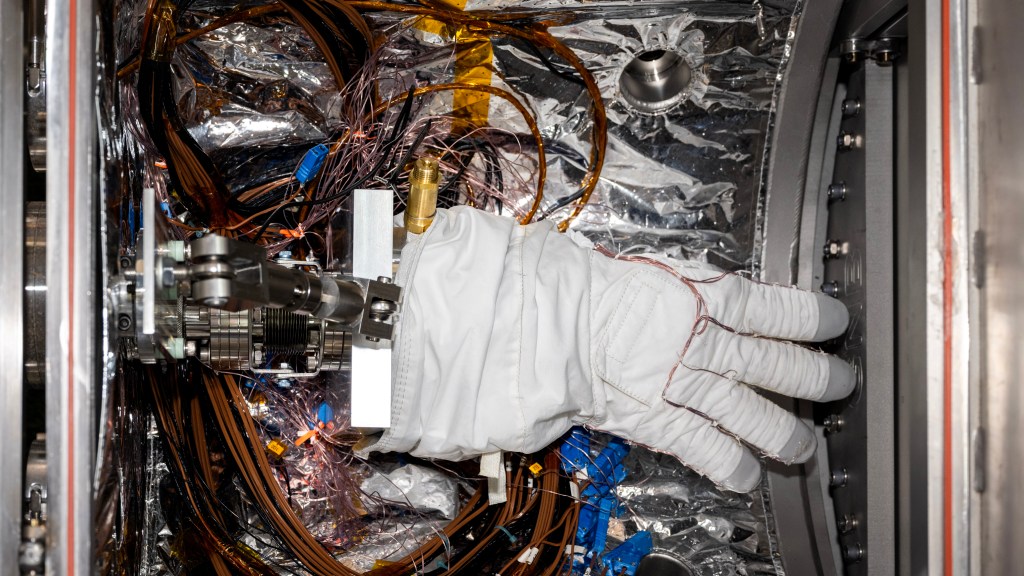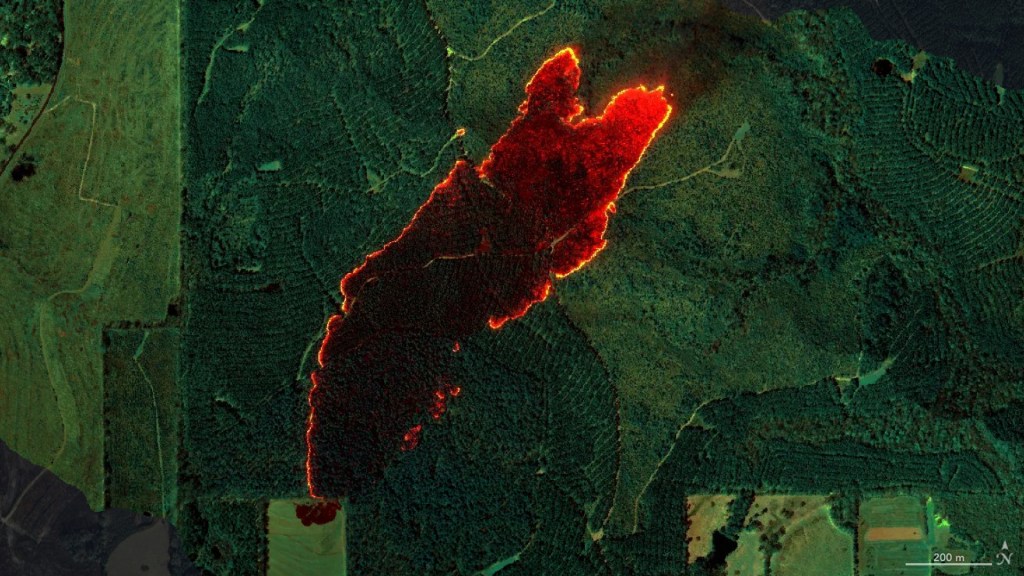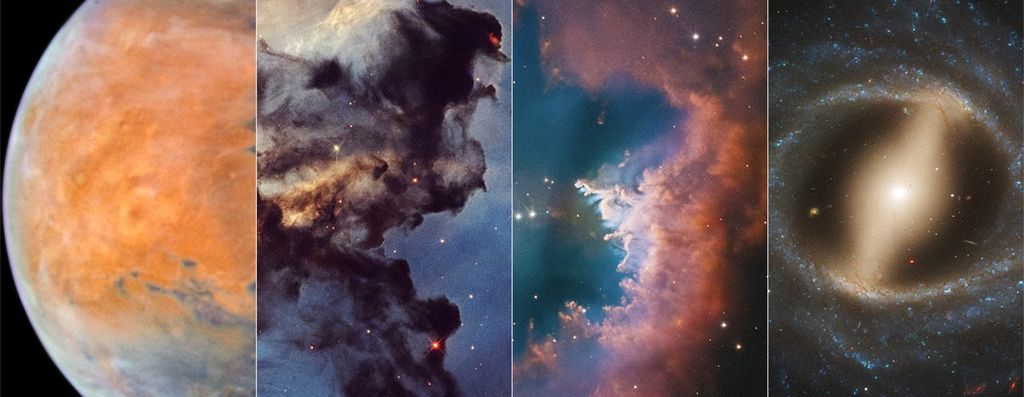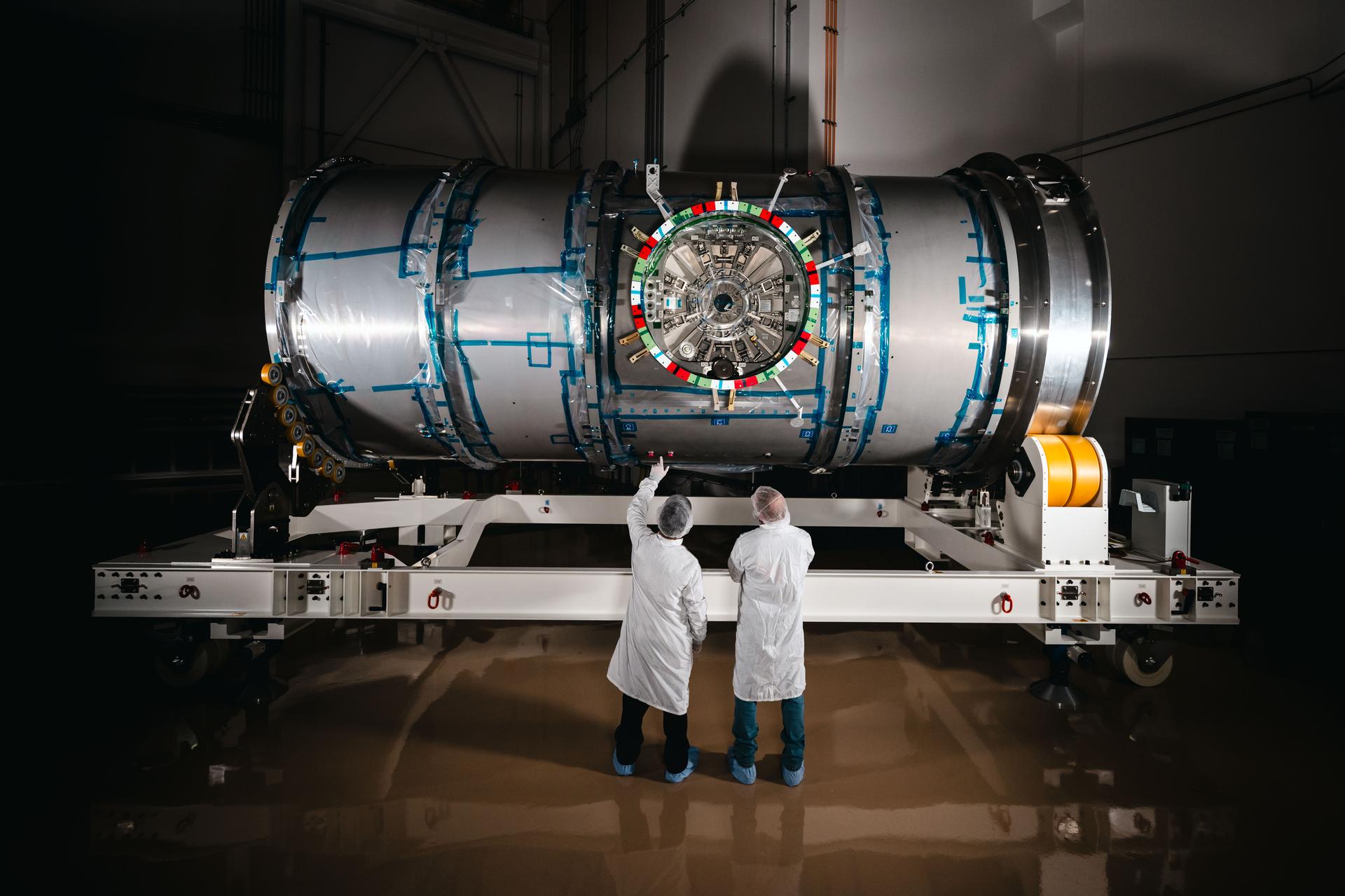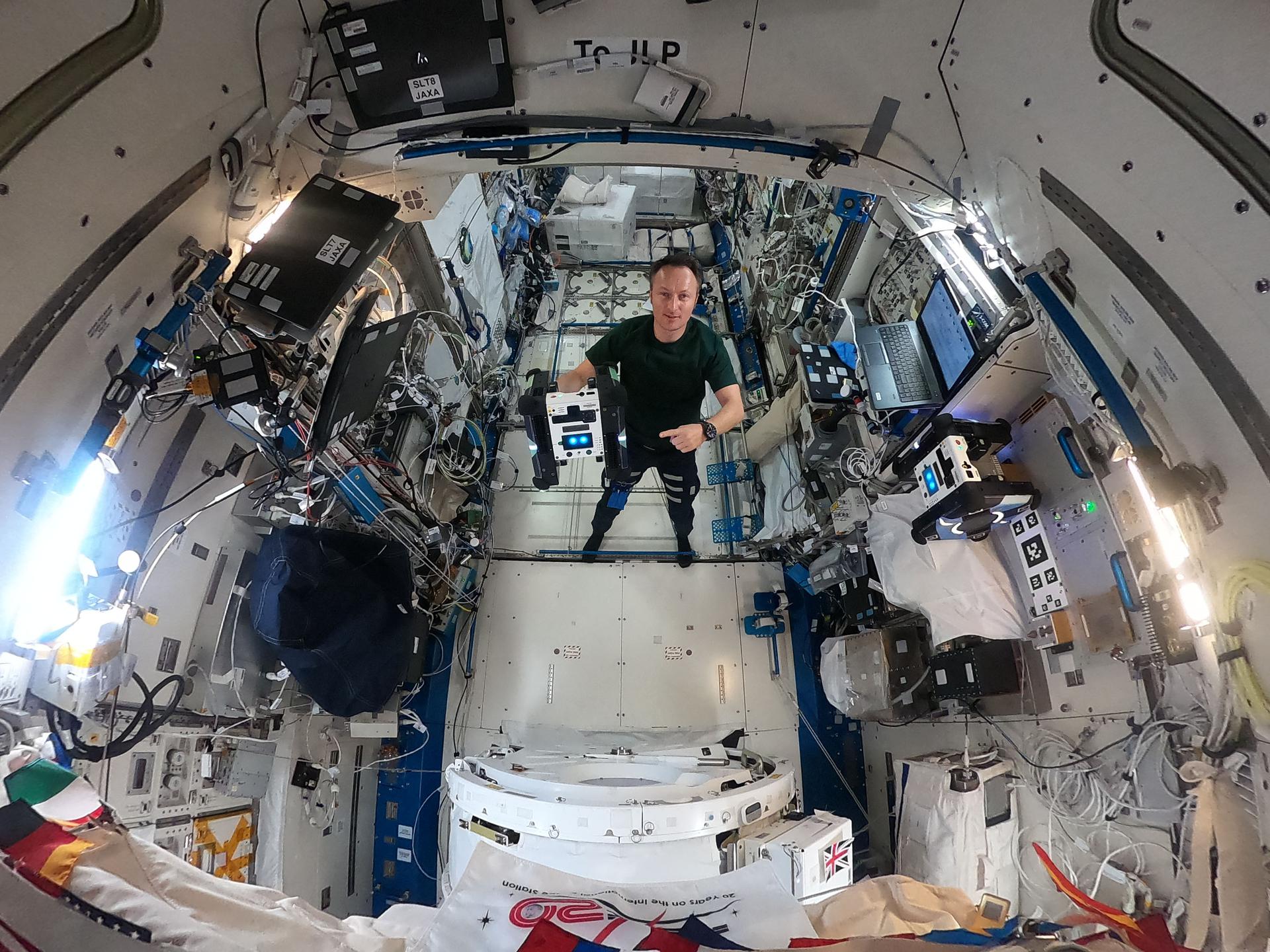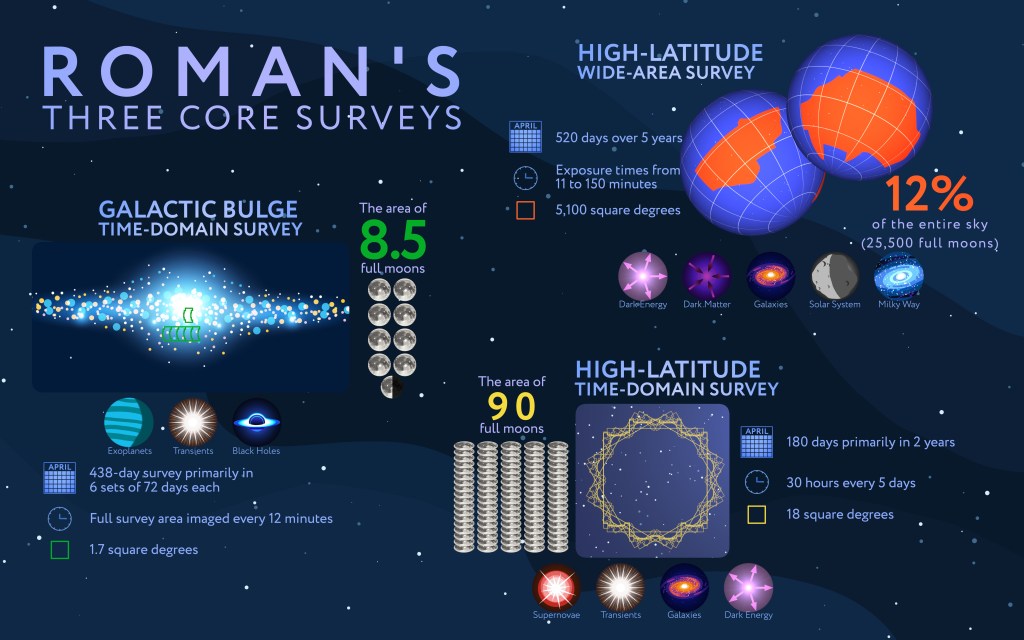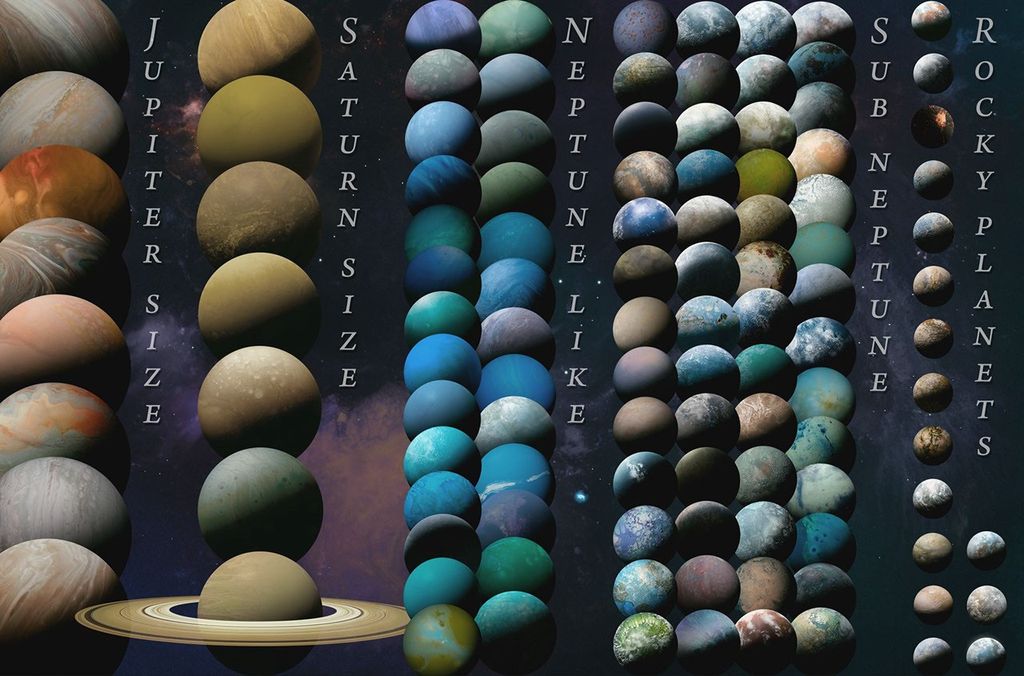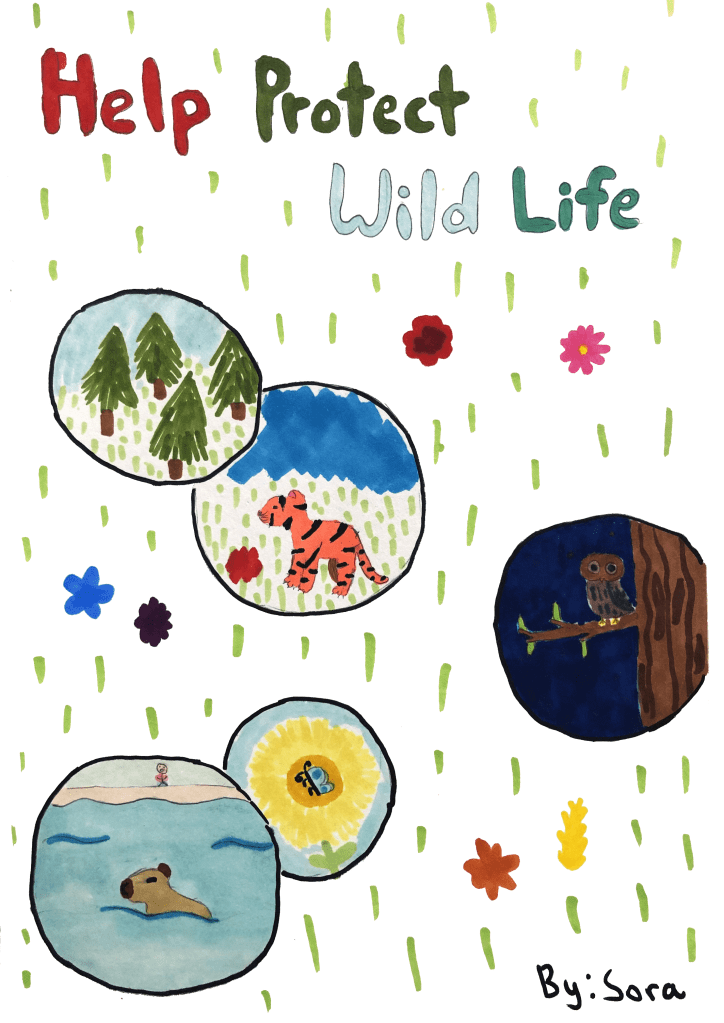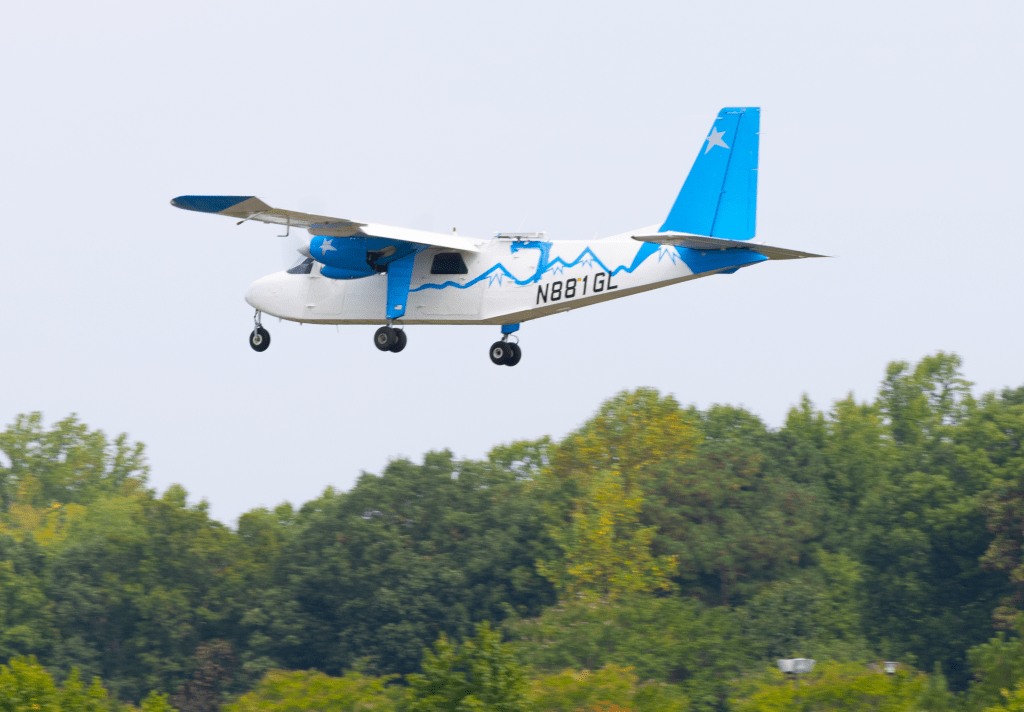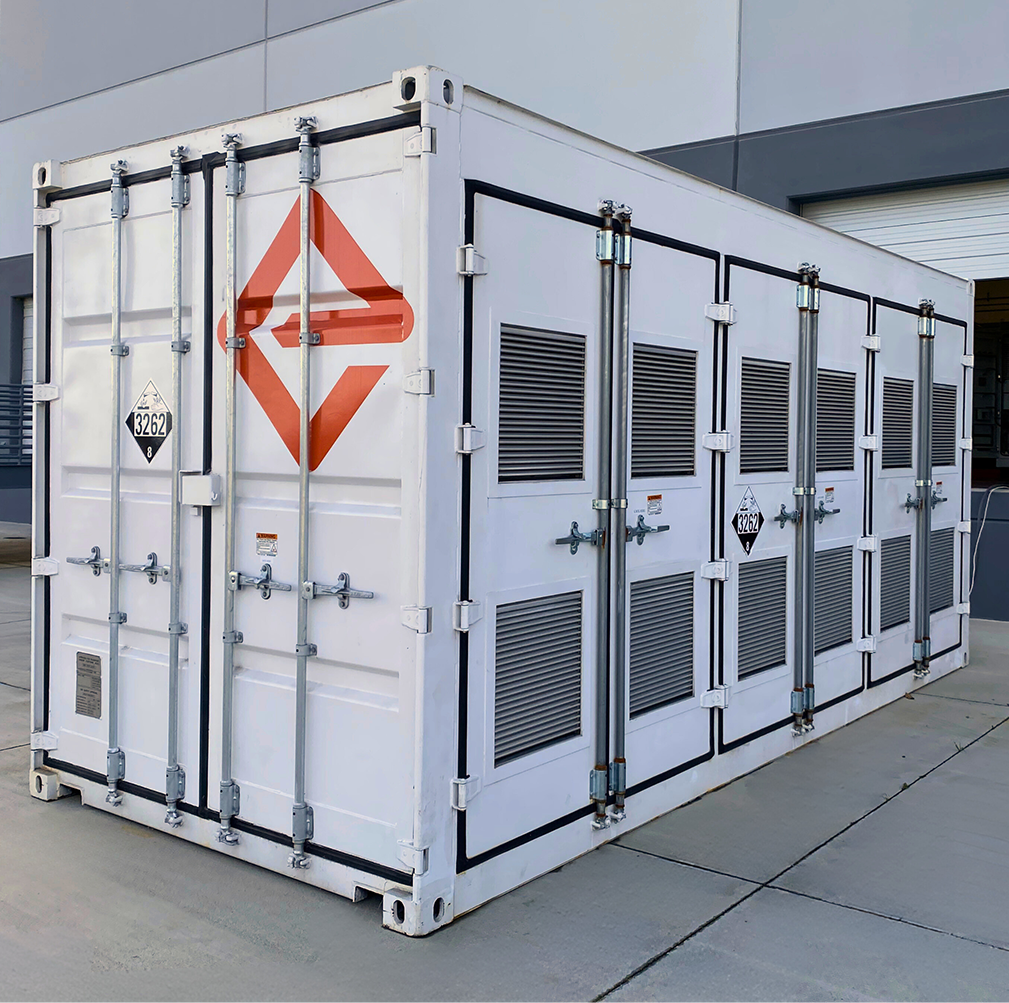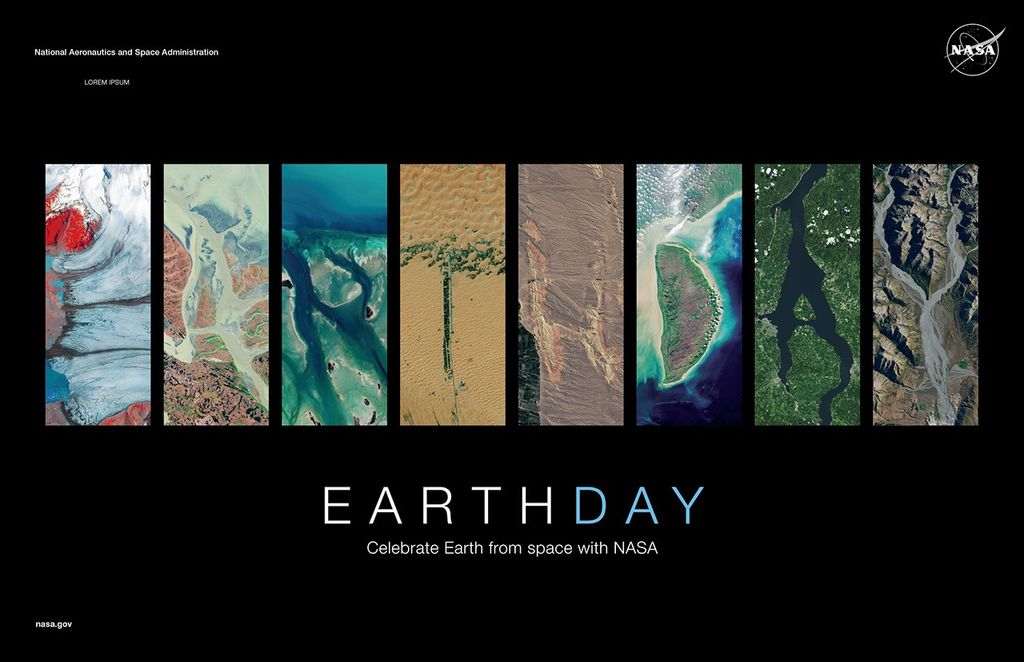Check out NASA’s panels at the 2024 San Diego Comic-Con and learn more about the space agency’s efforts to explore more of the Moon than ever before on the Artemis campaign, and the search for habitable worlds in the following panels:
- Exploring the Moon: the Artemis Generation with NASA’s chief technologist, NASA astronaut Stan Love, and representatives from the Artemis campaign and Gateway lunar space station.
- NASA’s Search for Habitable Worlds in the Universe, moderated by award-winning composer, Michael Giacchino.
What is Artemis?
With NASA’s Artemis campaign, we are exploring the Moon for scientific discovery, technology advancement, and to learn how to live and work on another world as we prepare for human missions to Mars. We will collaborate with commercial and international partners and establish the first long-term presence on the Moon.
Learn more about What is Artemis?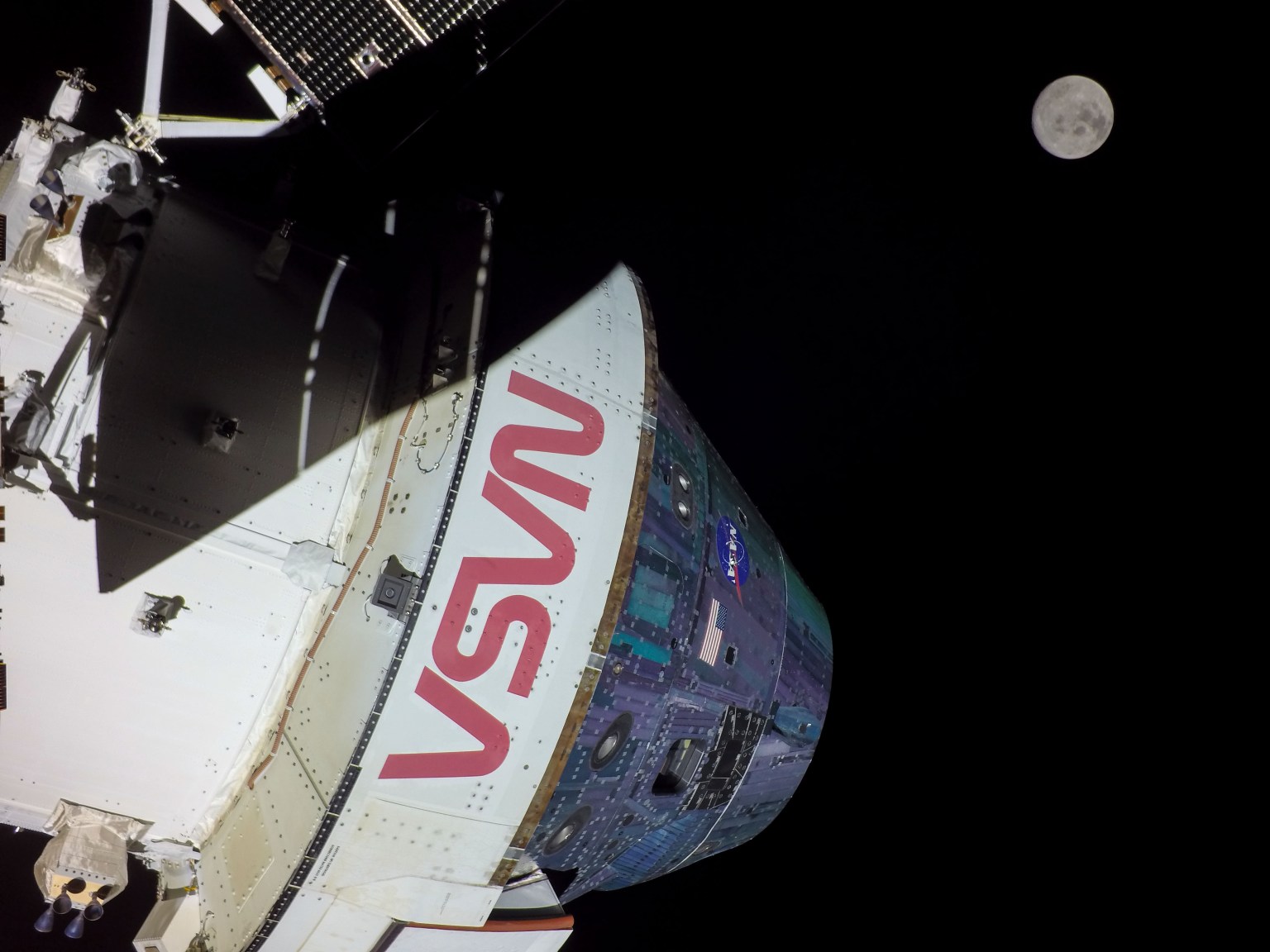
Download Free Artemis II Poster
Looking to the future of Artemis! This downloadable poster features the four astronauts who will fly around the Moon on Artemis II: NASA astronauts Reid Wiseman, Victor Glover, Christina Koch, and Canadian Space Agency astronaut Jeremy Hansen.
Download pdf about Download Free Artemis II Poster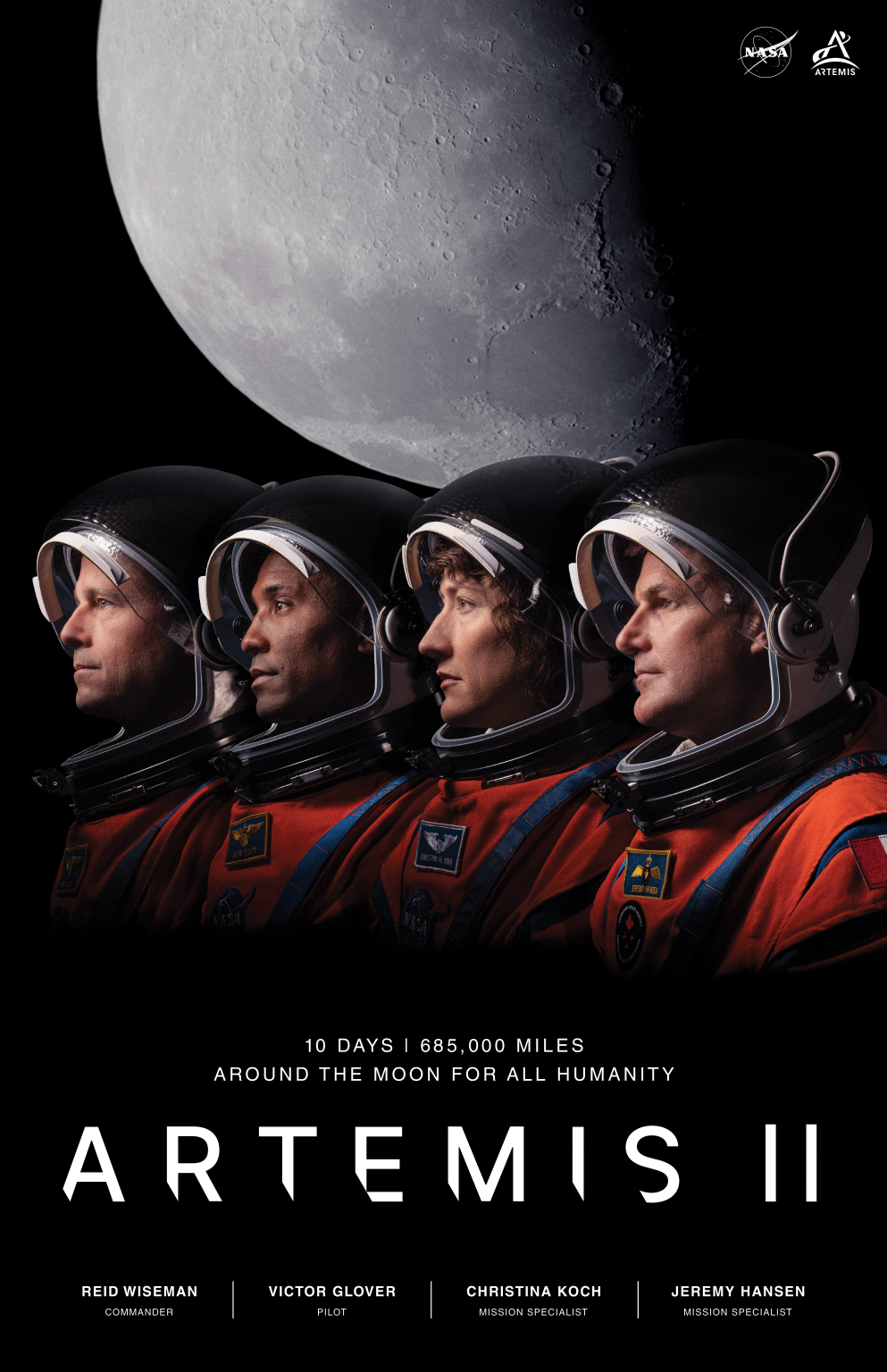
Moon to Mars Architecture
NASA’s architecture approach distills agency-developed objectives into operational capabilities and elements that support science and exploration goals. Working with experts across the agency, industry, academia, and the international community, NASA continuously evolves that blueprint for crewed exploration, setting humanity on a path to the Moon, Mars, and beyond.
Dive in about Moon to Mars Architecture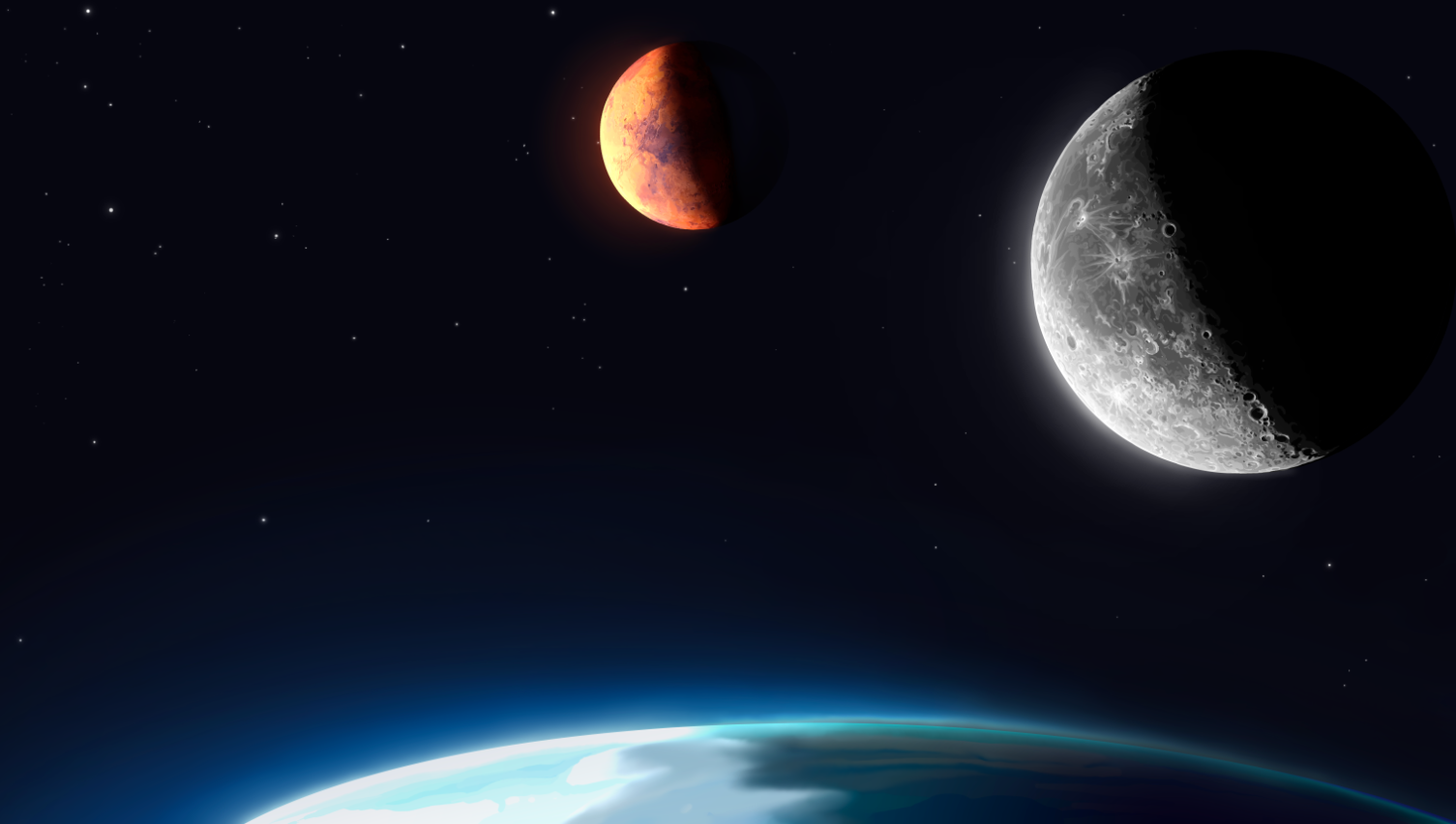
Gateway: Humanity's First Space Station Around the Moon
Gateway is central to the NASA-led Artemis missions to return to the Moon for scientific discovery and chart a path for the first human missions to Mars and beyond. The small space station will be a multi-purpose outpost supporting lunar surface missions, science in lunar orbit, and human exploration further into the cosmos. NASA is working with commercial and international partners to build humanity’s Gateway.
Explore about Gateway: Humanity's First Space Station Around the Moon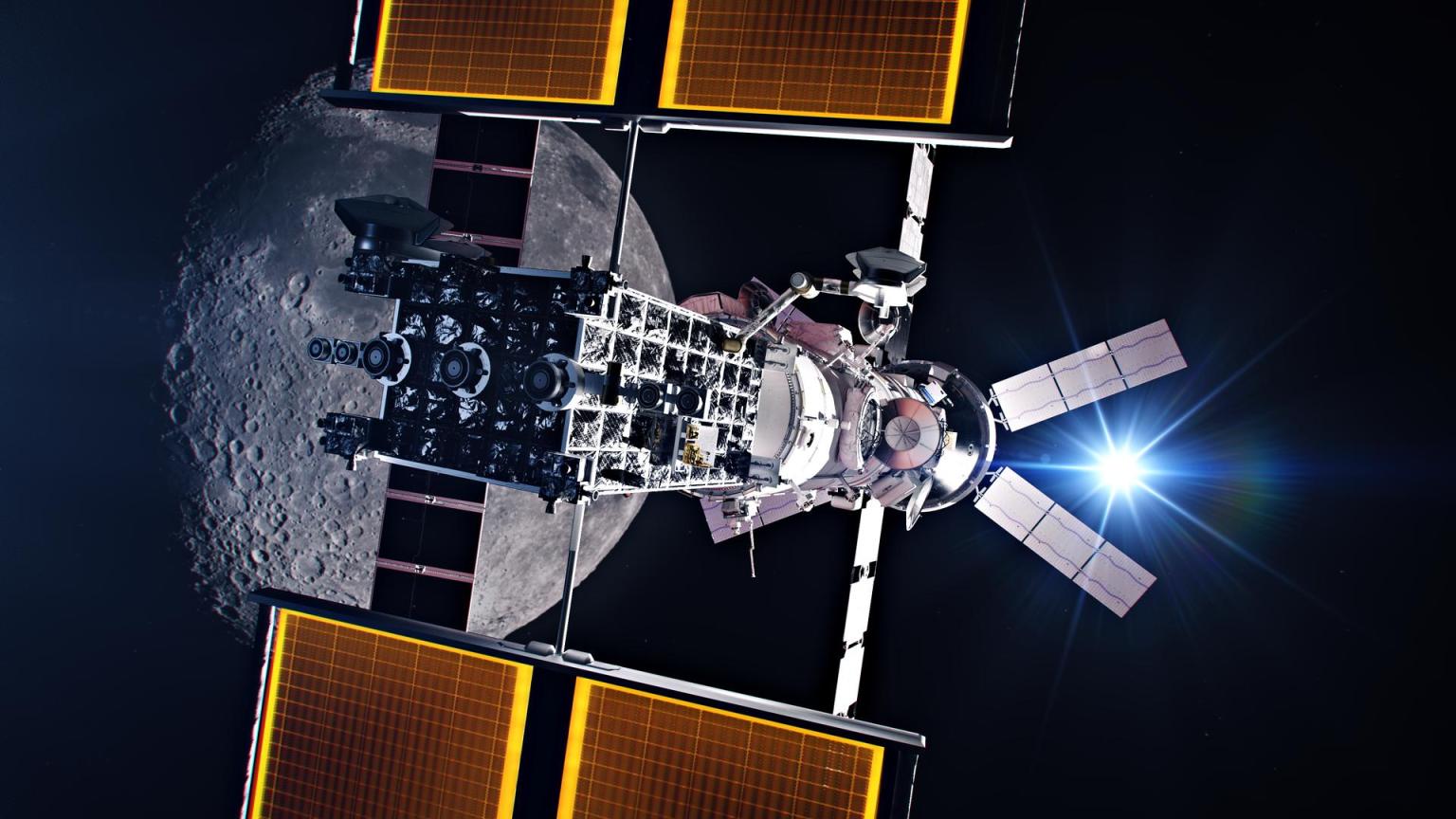
The Adventures of Commander Moonikin Campos and Friends Webcomic
The Artemis I mission to the Moon was uncrewed, but that doesn’t mean the capsule was empty! Dive into this webcomic series and get to know Commander Moonikin Campos, a manikin with the right stuff (or… stuffing.)
Read the comic about The Adventures of Commander Moonikin Campos and Friends Webcomic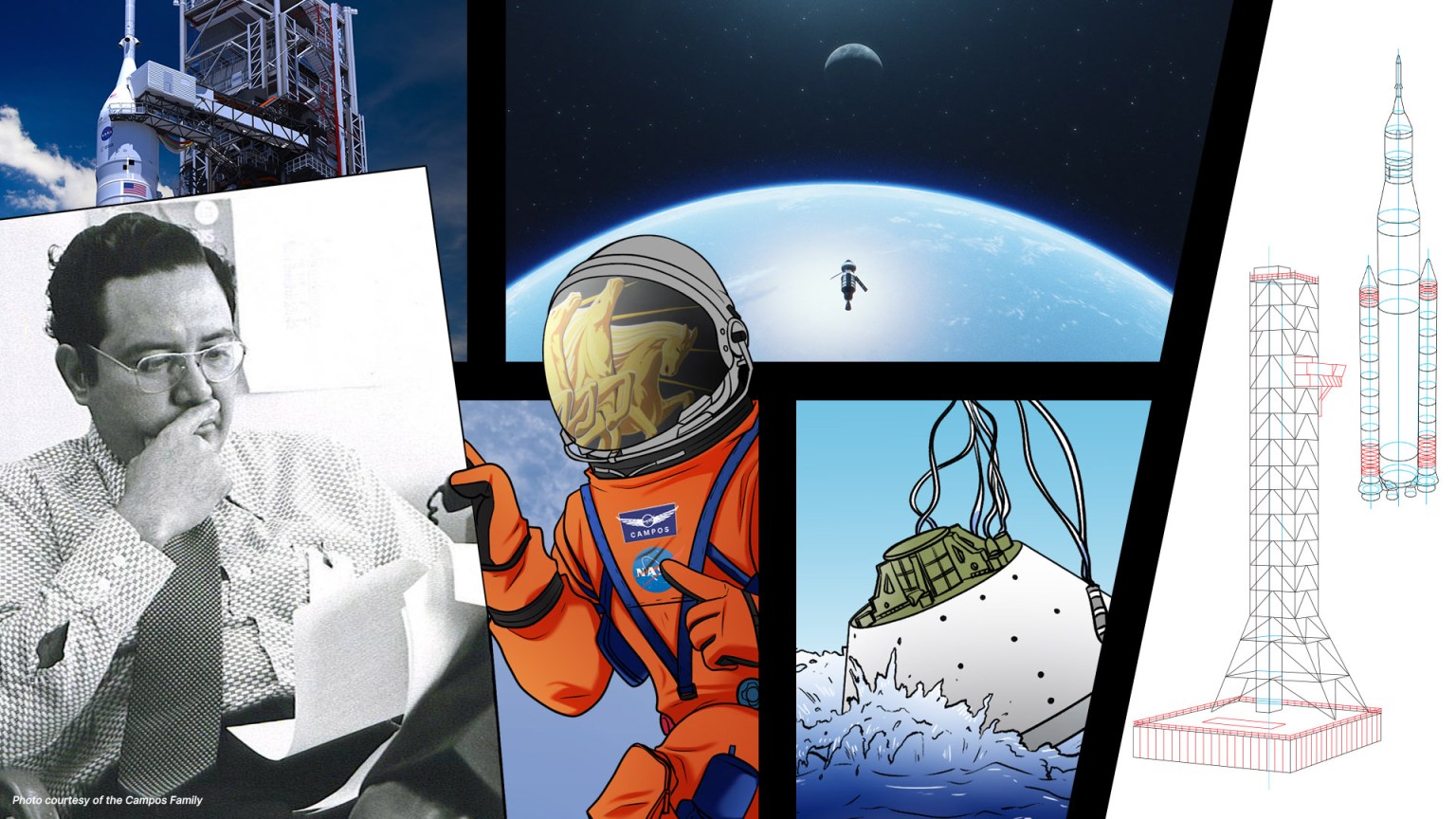
Become an Astronaut
NASA astronauts have been traveling to space for more than six decades and living there continuously since 2000. Now, NASA’s Artemis program is preparing to land the first woman and the next man on the Moon. The Orion spacecraft atop the Space Launch System (SLS) rocket will carry humans farther into space than they have gone before—for missions to the Moon and eventually to Mars.
Join us about Become an Astronaut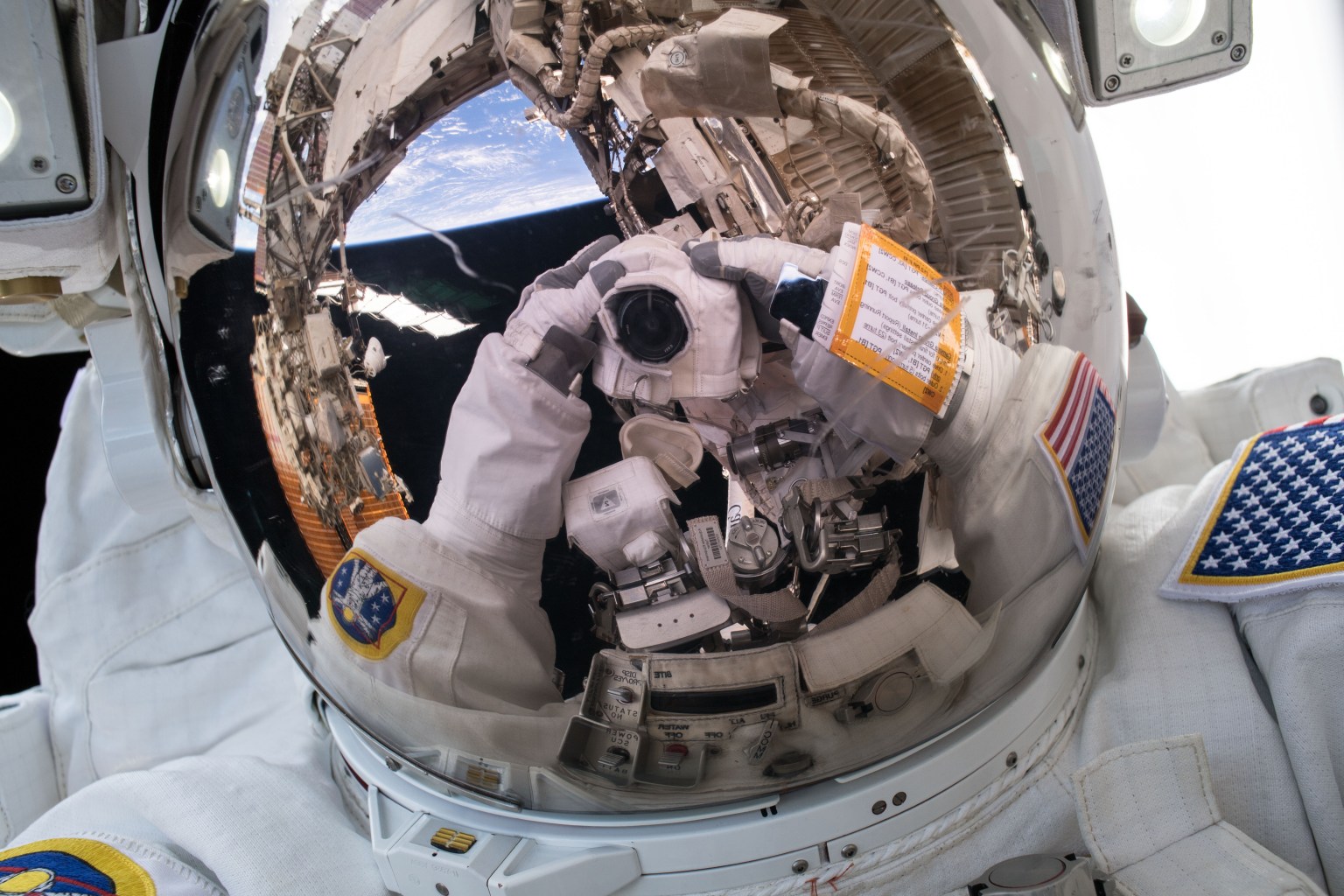
Exoplanets
An exoplanet is any planet beyond our solar system. Most of them orbit other stars, but some free-floating exoplanets, called rogue planets, are untethered to any star. We’ve confirmed more than 5,600 exoplanets out of the billions that we believe exist.
Learn more about Exoplanets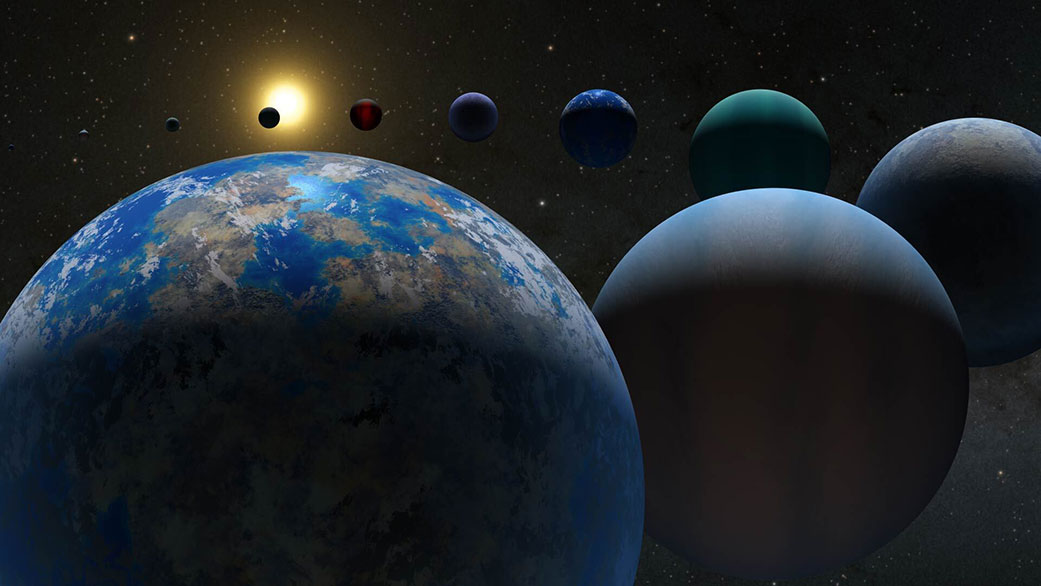
James Webb Space Telescope
Webb is the premier observatory of the next decade, serving thousands of astronomers worldwide. It studies every phase in the history of our Universe, ranging from the first luminous glows after the Big Bang, to the formation of solar systems capable of supporting life on planets like Earth, to the evolution of our own Solar System.
Dive in about James Webb Space Telescope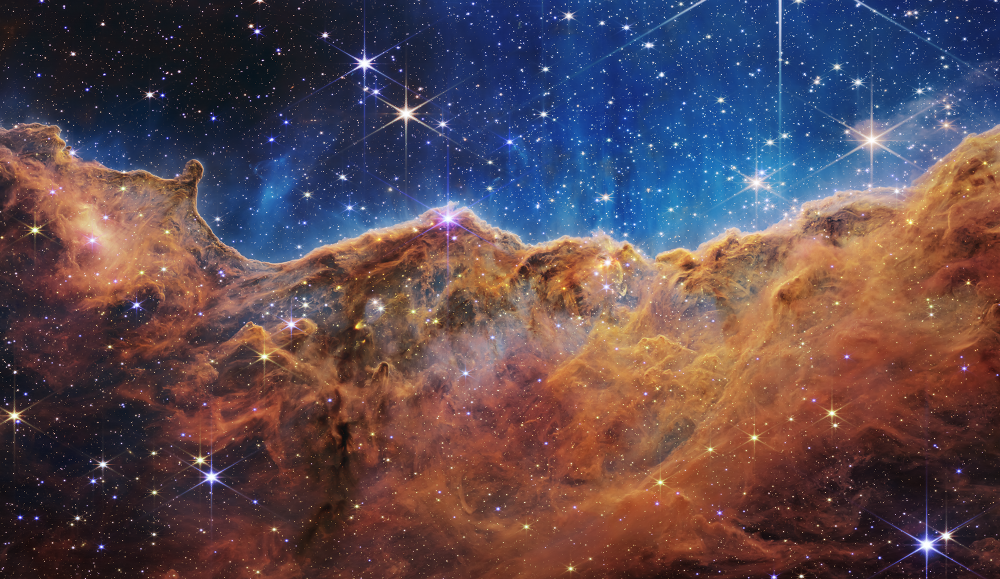
Roman Space Telescope
Named after NASA’s first chief astronomer, the ‘mother of the Hubble Space Telescope,’ the Nancy Grace Roman Space Telescope will have a field of view at least 100 times larger than Hubble’s, potentially measuring light from a billion galaxies in its lifetime. This observatory will also be able to block starlight to directly see exoplanets and planet-forming disks, complete a statistical census of planetary systems in our galaxy, and settle essential questions in the areas of dark energy, exoplanets, and infrared astrophysics.
Learn more about Roman Space Telescope
Habitable Worlds Observatory
NASA is further prioritizing its long-running search for life in the universe and laying the groundwork for its next flagship astrophysics mission after the Nancy Grace Roman Space Telescope (slated to launch by May 2027). The Habitable Worlds Observatory is a large infrared/optical/ultraviolet space telescope. It would be the first telescope designed specifically to search for signs of life on planets orbiting other stars.
Check it out about Habitable Worlds Observatory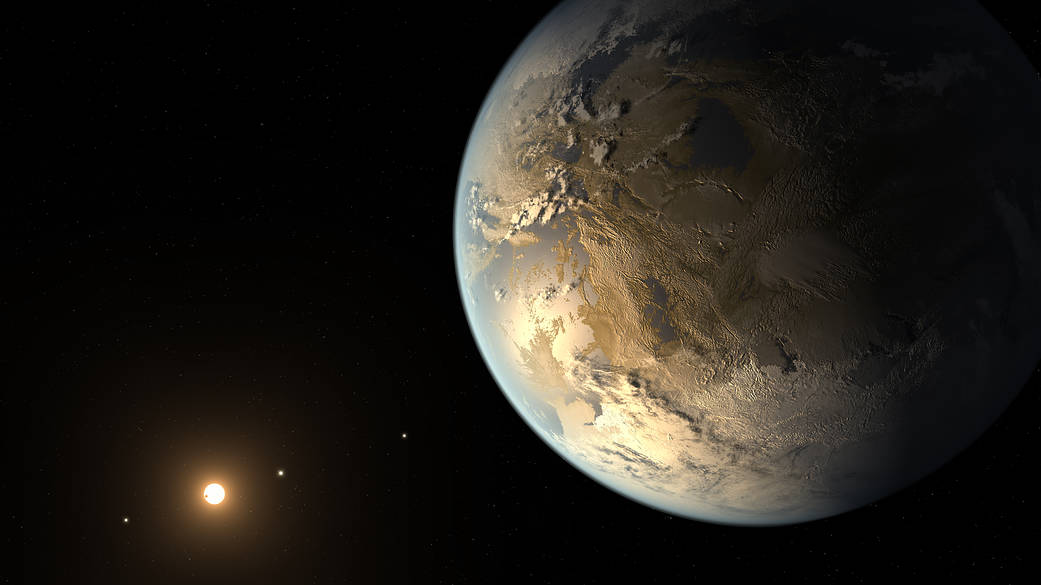
NASA Resources for Students and Educators
NASA makes vital investments in a diverse portfolio of learning opportunities and activities designed to reach as many U.S. students as possible – from kindergarten through graduate school. NASA seeks to build the next generation STEM workforce and broaden student participation to increase diversity, equity and inclusion in STEM fields.
Get involved about NASA Resources for Students and Educators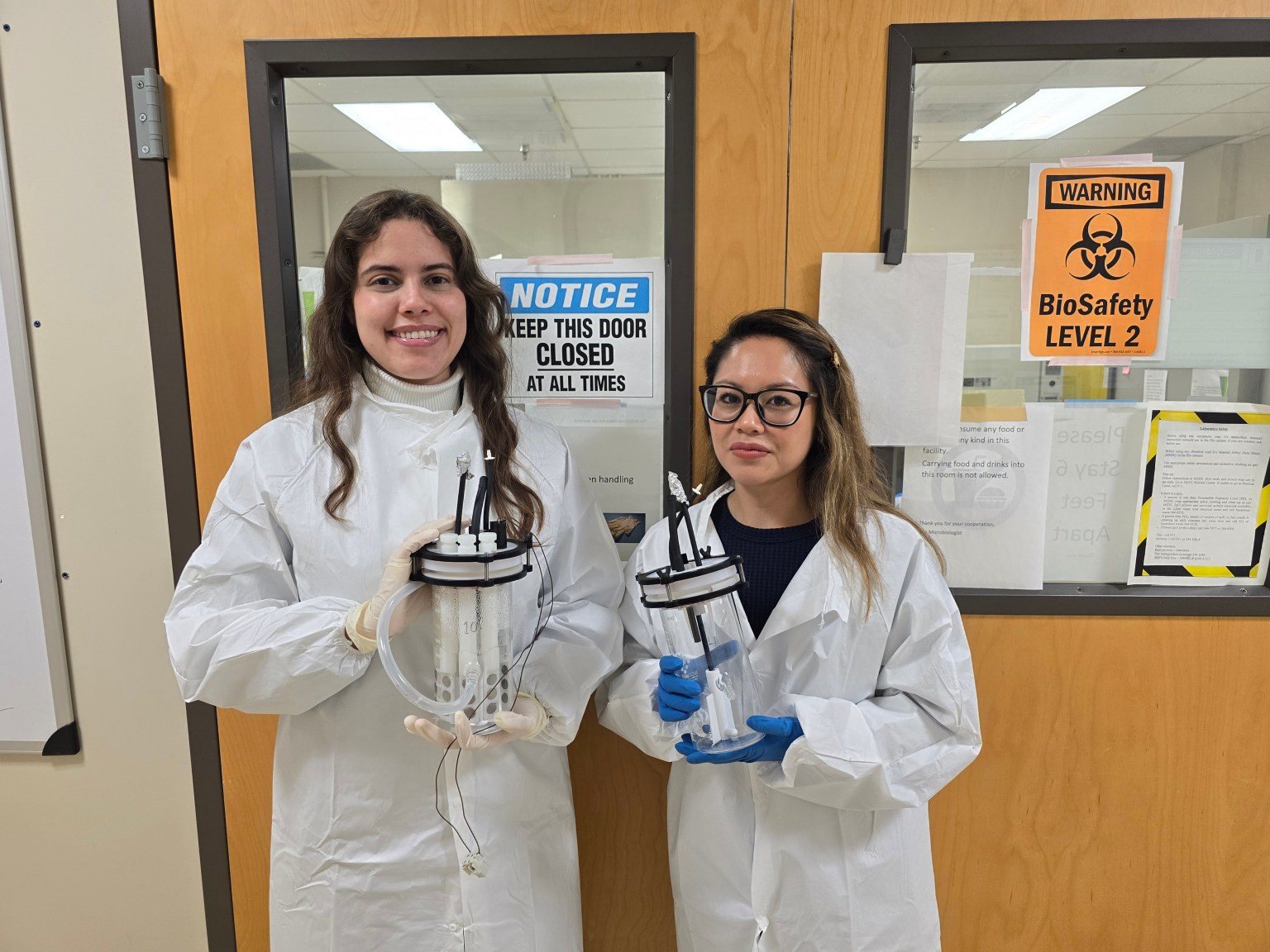
Careers at NASA
We’re a diverse team united by a shared purpose. Join our team of engineers, scientists, program managers, and more who share a passion for exploration and a drive for excellence. Learn more about all of the roles available at NASA.
Learn more about Careers at NASA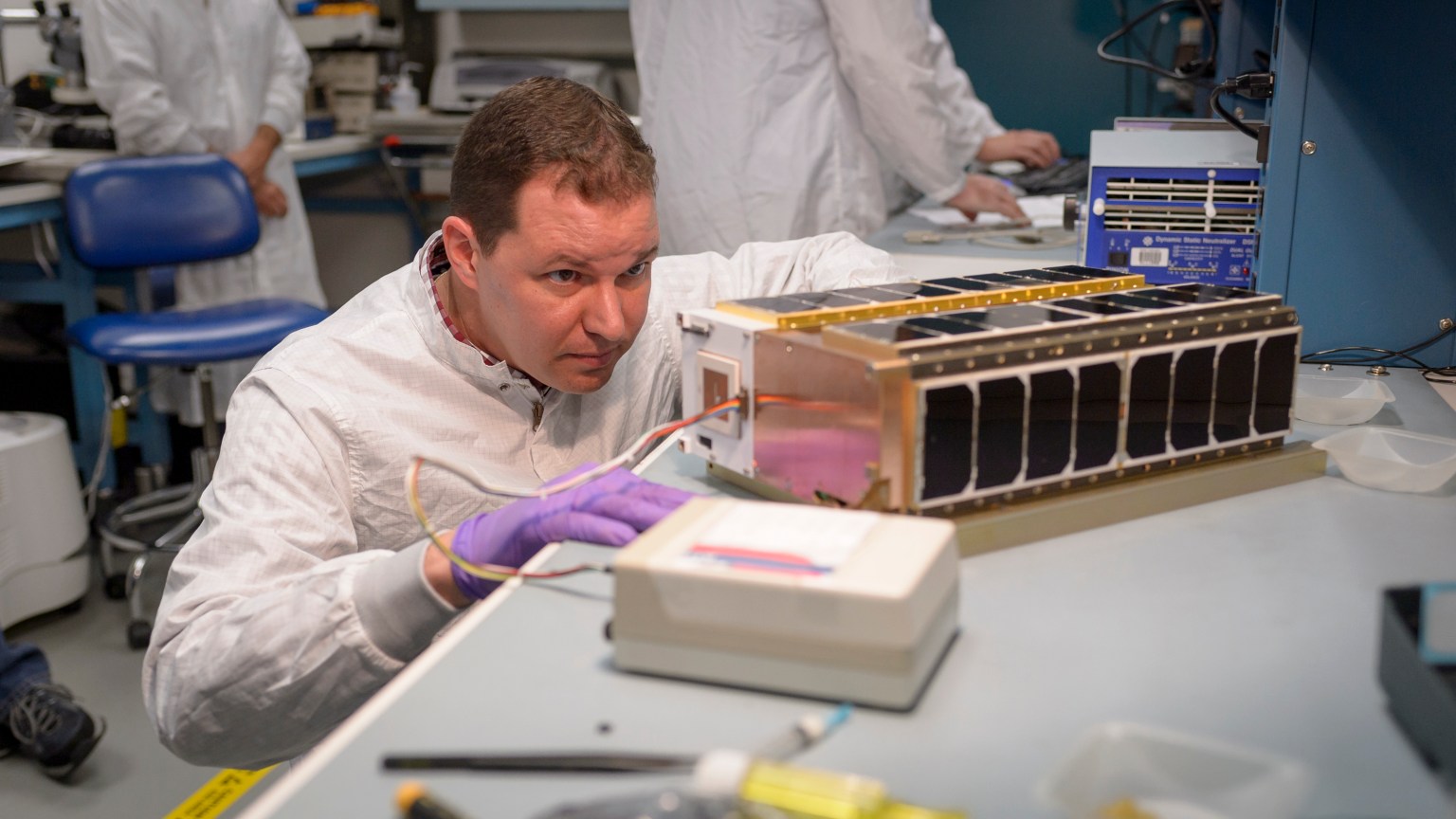
NASA en español
La ciencia es la clave para descubrir los secretos del universo: uniendo a la humanidad con cada descubrimiento, expandiendo nuestro conocimiento y despertando nuestra imaginación. Al navegar por las arenas del tiempo y el espacio, la ciencia da contexto y significado a mediciones grandes y pequeñas. ¿Sabías que existen tantas estrellas en el universo como hay granos de arena en la Tierra? La nueva era de los descubrimientos científicos de la NASA acaba de comenzar, ¡y tú eres parte de ella!
Lee más about NASA en español